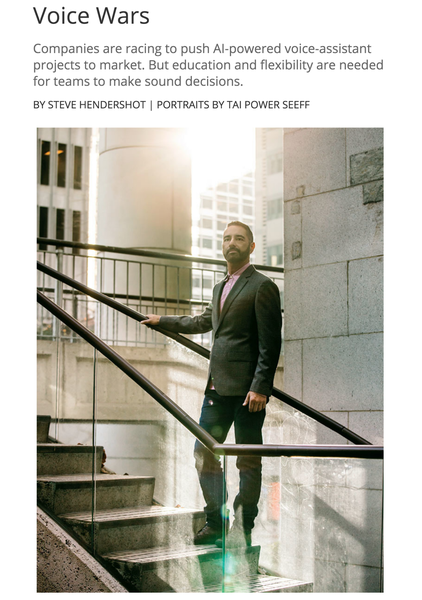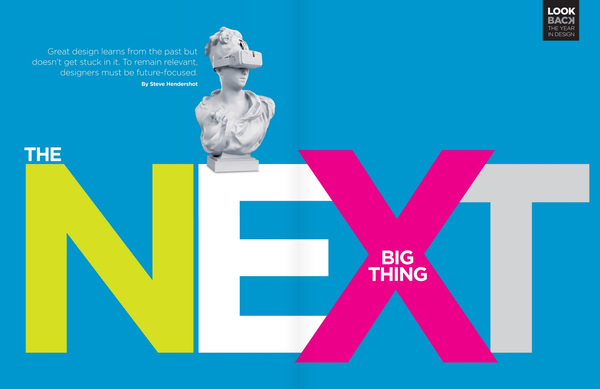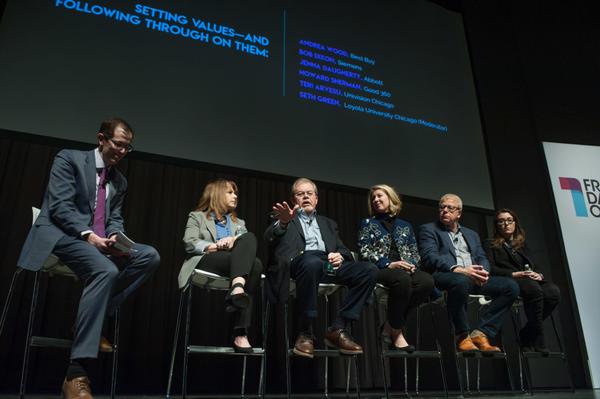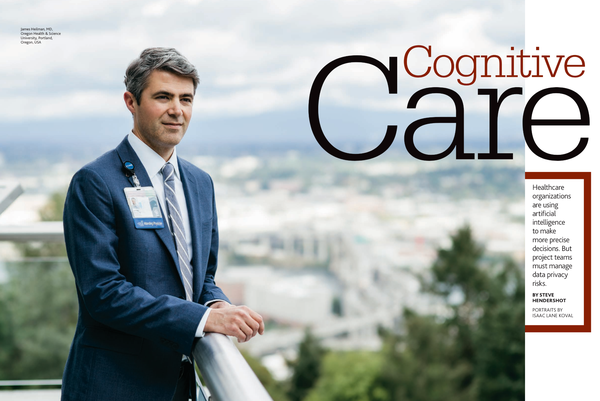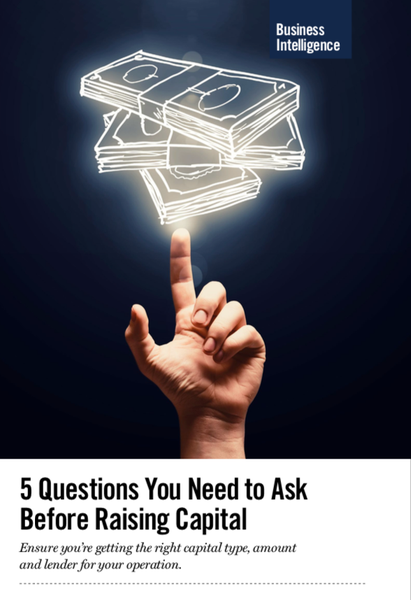
Lessons from direct-to-consumer marketing strategies
According to the traditional playbook, these brands, known as DTCs, should struggle to carve out anything more than a niche business with their limited budgets. A decade ago, the notion that there would soon be a tidal wave of DTCs grabbing meaningful marketshare, raising huge amounts of venture capital and even going public—well, it would have sounded not only unlikely, but absurd.
It happened, though.




